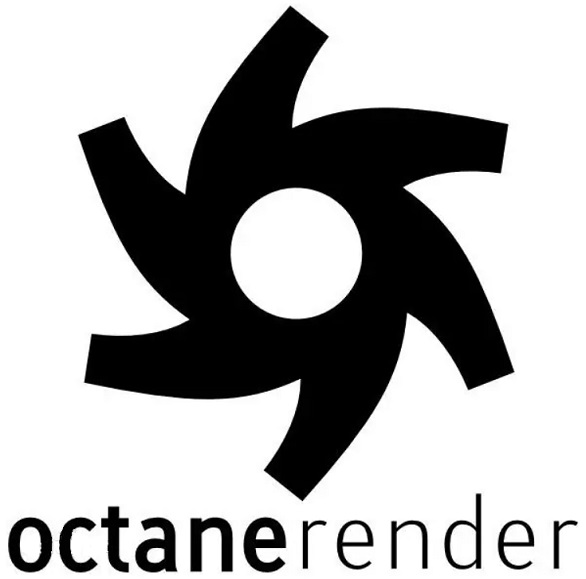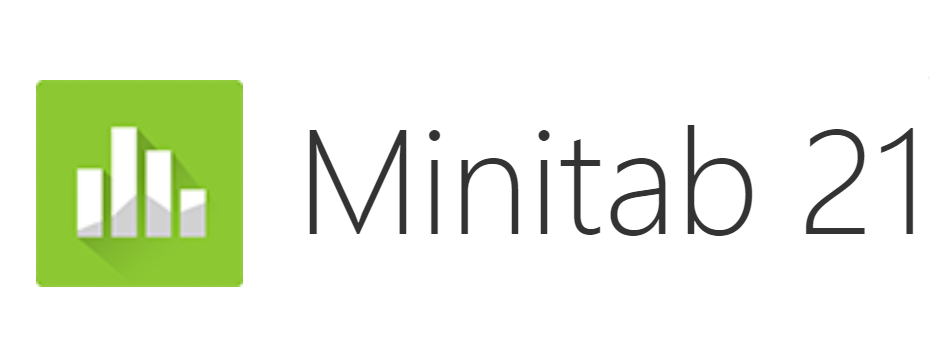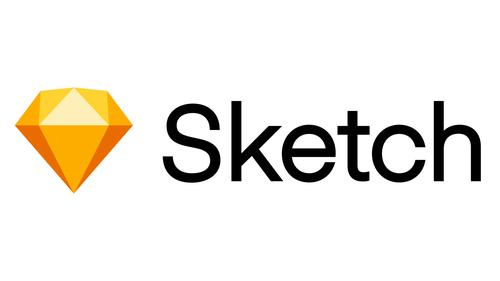The field of legged robots is rapidly developing, thanks to innovations such as Cheetah, known for its high-speed agility at MIT, and Spot, a robot designed by Boston Dynamics for real-world applications.
Designing robots to walk, run, and traverse various terrains is not an easy task, but groundbreaking progress has been made. By pushing hardware to its limits, MIT's robotic cheetah broke the record for the fastest run on record.
The core of these advancements lies in the development of multi axis force sensors, which provide precise measurements of ground reaction forces.
These sensors are products of the MIT Biomimetic Robotics Laboratory, visualized, calibrated, and optimized using SciChart, an industry-leading cross platform chart library for high-performance telemetry dashboards and data visualization.
The role of SciChart in the development of force sensors
The Biomimetic Robotics Laboratory at MIT is facing a key challenge: designing a lightweight but highly accurate force sensor to capture dynamic normal and shear forces during high-speed motion of robotic animals.
The team has developed a biomimetic foot pad sensor that embeds a pressure sensor into a polymer layer. These detect changes in altitude and atmospheric pressure, supporting informed decisions to support consistent motion under various weather conditions. An example that robots need to adapt to is encountering ice surfaces with a risk of slipping. Rapid detection of terrain changes will help robotic animals navigate confidently in a wider range of environments.
This innovative design has achieved:
High precision: It can accurately measure forces up to 300N in the vertical direction and Вұ 80N in the horizontal direction.
Powerful data capture: Real time capture of ground reaction forces during rapid motion.
The quantity and complexity of data require advanced visualization tools. SciChart's Android chart library is ready to face the challenge.
It can process millions of data points in real-time without slowing down even on lower level hardware, allowing researchers to analyze multi axis sensor outputs with unparalleled speed and accuracy. This ultimately helps validate and optimize sensor performance.
From data flow to actionable insights
SciChart has played a crucial role in transforming raw telemetry data into actionable insights. The high-performance Android chart library enables researchers at MIT to:
Visualized real-time interaction: Accurately monitor the dynamic force response during high-speed motion.
Optimize sensor design: Analyze the deformation of the foot pad under different forces to optimize the sensor geometry.
Enhance calibration workflow: seamlessly integrate with neural networks to improve calibration and actionable force prediction.
Integrating advanced data visualization into the sensor development workflow can help achieve high-performance robot solutions.
Visualize multi axis force data

SciChart's advanced telemetry dashboard enables researchers to interact with high-frequency force data in real-time.
These intuitive visualizations help:
Draw a pressure distribution map on the foot pad to enhance design iteration.
Analyze the complex force dynamics when moving on different terrains.
Simplify the validation process of neural network-based calibration models.
By transforming dense telemetry data streams into actionable visual effects, SciChart supports rapid decision-making, which is crucial for advancing MIT's robotics projects.
Bridging the Gap: From Cheetah to Spotted
No longer a work of science fiction, the technology pioneered by the MIT Cheetah Project laid the foundation for broader advancements in legged robots. This includes Boston Dynamics' Spot, a robot capable of traversing complex real-world environments.
Although Spot emerged from an independent lineage, the improved force sensing principle and telemetry data visualization method through SciChart are the core of its success.
Spot has multiple use cases in various industries that can improve health and safety as well as hazard investigation, including easy navigation on construction sites, factory workshops, and research laboratories to detect and monitor hazards.
Spot can conduct investigations on behalf of your team, rather than dispatching your team to inspect potential hazardous situations. With automatic sensing, motion intelligence, unlimited data collection capabilities, and 360 В° perception, this agile robot is capable of handling this task.
Spot can patrol facilities along planned routes to identify issues that may have been overlooked due to human error or lack of human resources.
Spot has become a member of the State Grid team, supporting employee safety and equipment uptime to assist in supplying power to the country.
Advancing the Future of Robotics with SciChart
From experimental platforms like Cheetah to real-world robots like Spot, SciChart has changed the way researchers handle complex data visualization.
By accurately understanding sensor performance and calibration, SciChart enables the robotics industry to push the boundaries of innovation. With the continuous development of legged robot technology, SciChart remains at the forefront, driving the development of the next generation of agile and adaptive systems with its 64 bit bitmap table library.
SciChart's contribution to MIT's breakthrough in force sensors demonstrates its unparalleled value in high-performance telemetry data visualization. From F1 to legged robots, SciChart has achieved transformative innovation, ensuring that researchers have the tools needed to reach new heights in accuracy and performance.









